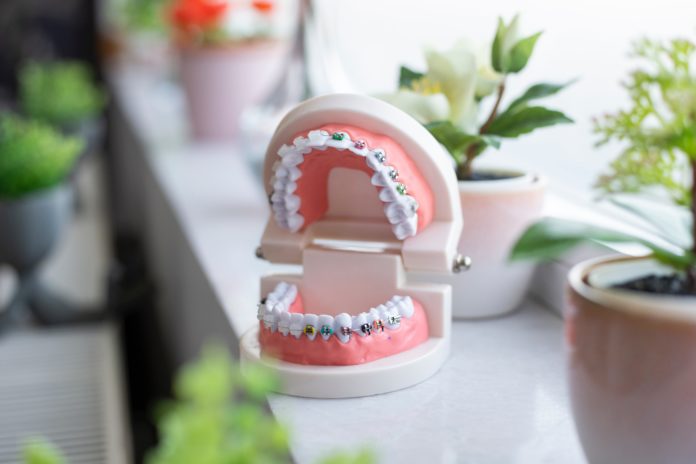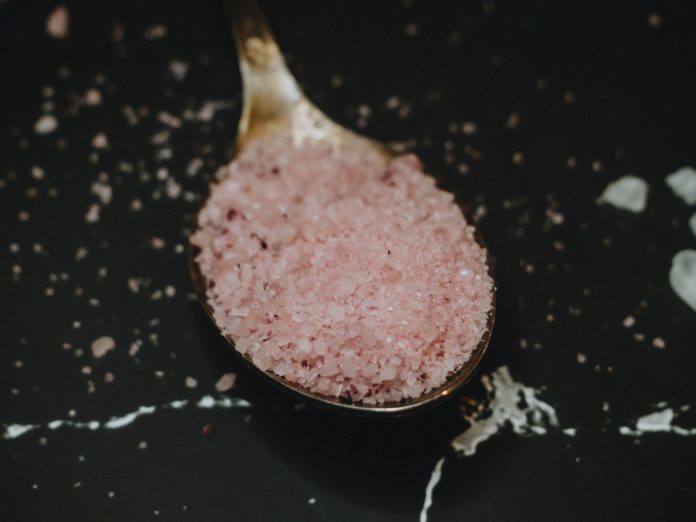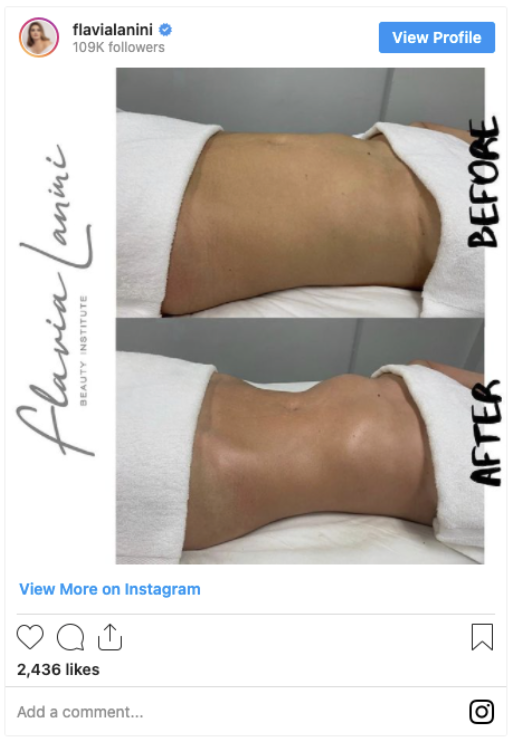Athletes swear by ice baths for faster muscle recovery.
Researchers theorize that people who live in cold climates are better at burning fat.
And “The Iceman” Wim Hoff brought whole-body cold therapy to the masses.
You may have seen footage of Hoff climbing Mount Everest in shorts or running a half marathon barefoot above the Arctic Circle…
His method is based on the idea that cold exposure, combined with breathing exercises and meditation, can produce powerful benefits for overall health and wellbeing – decreased stress, anxiety, and inflammation, to name a few.
But what about the rest of us mere mortals?
Are these benefits even attainable? Do cold temperatures really produce lasting health benefits that outweigh the discomfort of a shiver session?
Let’s take a look at what science does and doesn’t know about whole body cold exposure, and what that means for the average, health-conscious person.
What We Know
- Consistent cold exposure may boost the body’s ability to burn fat… but not by much.
We have two types of fat cells: brown and white. Brown fat can oxidize itself to produce heat that keeps the body warm. White fat cells, however, aren’t as metabolically active. They don’t “burn” themselves for heat production (and therefore don’t boost resting metabolism).
One of the alleged benefits of cold exposure is that it can turn white fat cells into the self-burning brown ones.
See, studies have found that people who live in consistently colder climates tend to have higher proportions of brown fat.1 This means their bodies are more efficient at burning fat to produce warmth, and they also have a higher resting metabolic rate. Win-win!
Case in point: In 2015, a team of researchers discovered that Inuit people had developed a gene variation that produced more brown fat cells.
But can anyone get there?
It seems that consistent cold exposure can train some white fat cells to act like brown fat, thus helping to burn more fat without cutting calories or exercise. But, it’s not clear just how cold or how consistent that exposure needs to be to produce lasting changes.
At least one study found that brown fat doesn’t contribute very much to overall energy expenditure, and prolonged cold exposure may not be worthwhile if it only produces small bumps in calorie burn.2
2. Cold therapy can boost the body’s ability to fight inflammation.
Cold exposure induces a stress response. The body experiences a surge of adrenaline that increases the heart rate and breathing rate, which helps to produce heat. This reaction also blunts the immune system and has been shown to reduce inflammatory markers.
So it’s believed that, with consistent cold exposure, people can train their brains to activate a stress response that fights inflammation, giving them more control over their immune function.
But, this may only be a positive thing in people with overactive immune systems that cause autoimmune disorders. Inflammation associated with a healthy and appropriate immune response isn’t necessarily a bad thing that needs to be mitigated.3
So unless you’re suffering from a chronic inflammatory disease, trying to control inflammation this way may be a solution in search of a problem.
3. Cold water immersion reduces muscle soreness after a tough workout.
Many athletes swear by ice baths as a method to halt acute exercise-induced inflammation, reduce soreness and speed up recovery. Ice baths cool down the skin and constrict blood vessels, which can mitigate inflammation and swelling in muscles.
One study found reduced levels of creatine kinase (an inflammatory marker that indicates muscle damage), in rugby players who took an ice bath after a tough workout.4
But, studies also show that the recovery benefits of ice baths are short-lived. While the results vary depending on the length and frequency of cold exposure, they by and large don’t show any significant differences between groups that take the icy plunge and those that don’t when it comes to performance in subsequent workouts or events.5,6
The biggest benefit may simply be the athletes’ perception of a faster recovery.
4. Cold can train the brain to better handle stress.
So how, exactly, does Wim Hoff handle such extreme temperatures?
To better understand this, researchers used an MRI machine to study his brain during a cryotherapy session. As his body cooled down, the area of his brain associated with pain control lit up. This area is thought to produce cannabinoids – compounds that bind with THC receptors and produce an effect similar to marijuana.7 A summary of the findings stated “this effect has the potential to create a feeling of well-being, mood control and reduced anxiety.”
In other words, just as cold exposure can train the brain to reduce inflammation, it can also help to build resilience to stress.
But it’s also important to remember that Wim Hoff’s method relies on specific breathing techniques and meditation in conjunction with cold exposure. And it’s unclear how much the cold itself contributed to his brain’s response – versus the breathing and meditation techniques.
What We’re Still Learning
It’s often pointed out that Hippocrates was the first to record the health benefits of cold therapy, but modern science still has a long way to go to prove this.
In the absence of more formal studies, there do exist countless anecdotal stories of people who swear their daily cold dunk improves their mood, energizes them, helps with itchy skin conditions, and keeps them healthier overall.
Keep in mind, though, that one of the biggest unknowns surrounding cold exposure is the lack of clear guidelines around temperature, frequency, and length of exposure needed to produce any measurable benefit.
Another unknown is individual variability. As with any stimulus, different people will respond to different degrees. Among us may be another Wim Hoff, whose body is adapted in unusual and extraordinary ways to constant cold. Others of us, however, might experience no benefits, or even suffer adverse effects.
The Bottom Line
If you’ve been curious about adding some form of cold therapy to your life, you’re not alone. The growing popularity of ice baths and cryotherapy chambers indicates that people are feeling desirable benefits from the cold.
Just keep in mind that the science jury is still out on any long-term health benefits, so you’re not likely to experience a miracle cure or easy weight loss (reminder: such a thing doesn’t exist).
And if you’re going to try the cold – be safe and smart about it. We’ve got some guidelines below.
How do I get started?
| Toes In |
|
| Waist Deep |
|
| Full Immersion |
|





